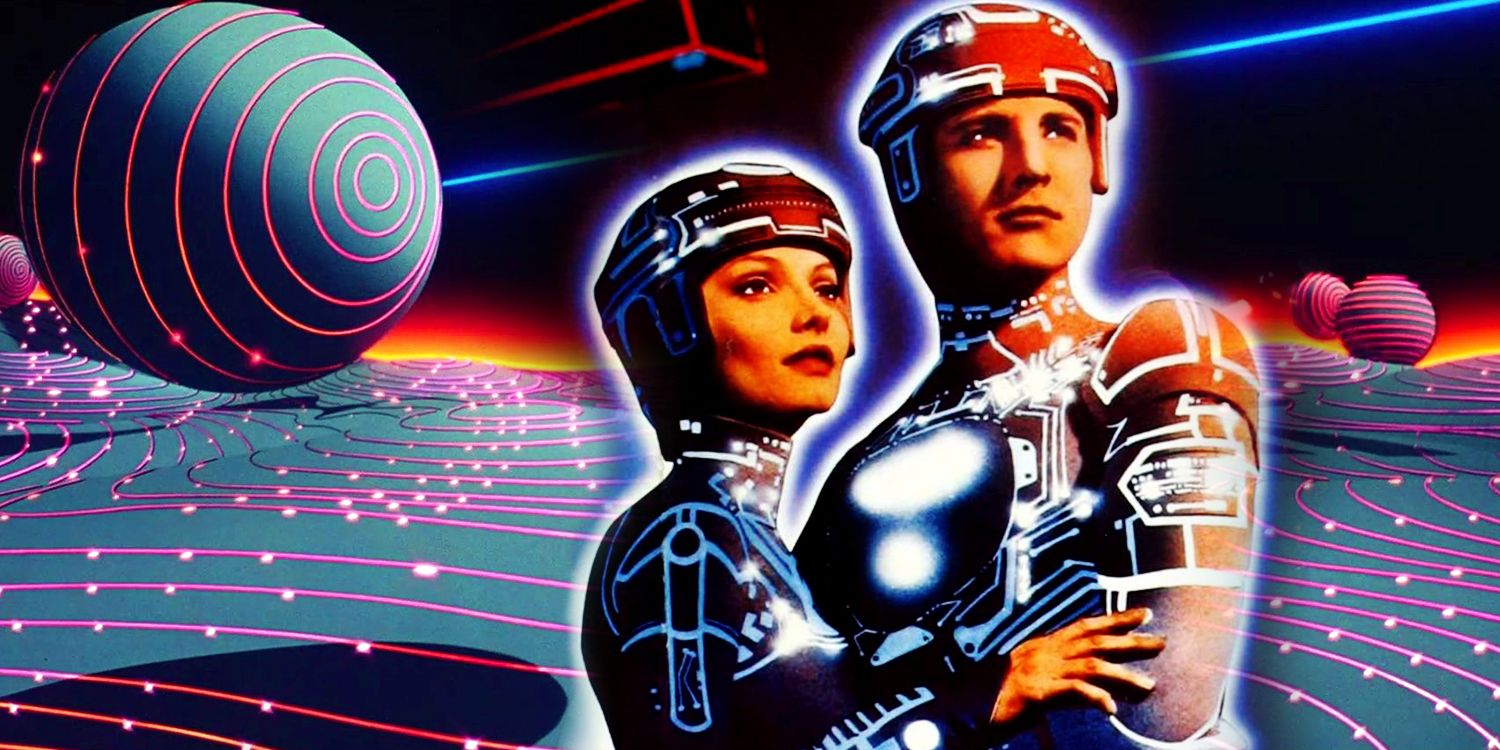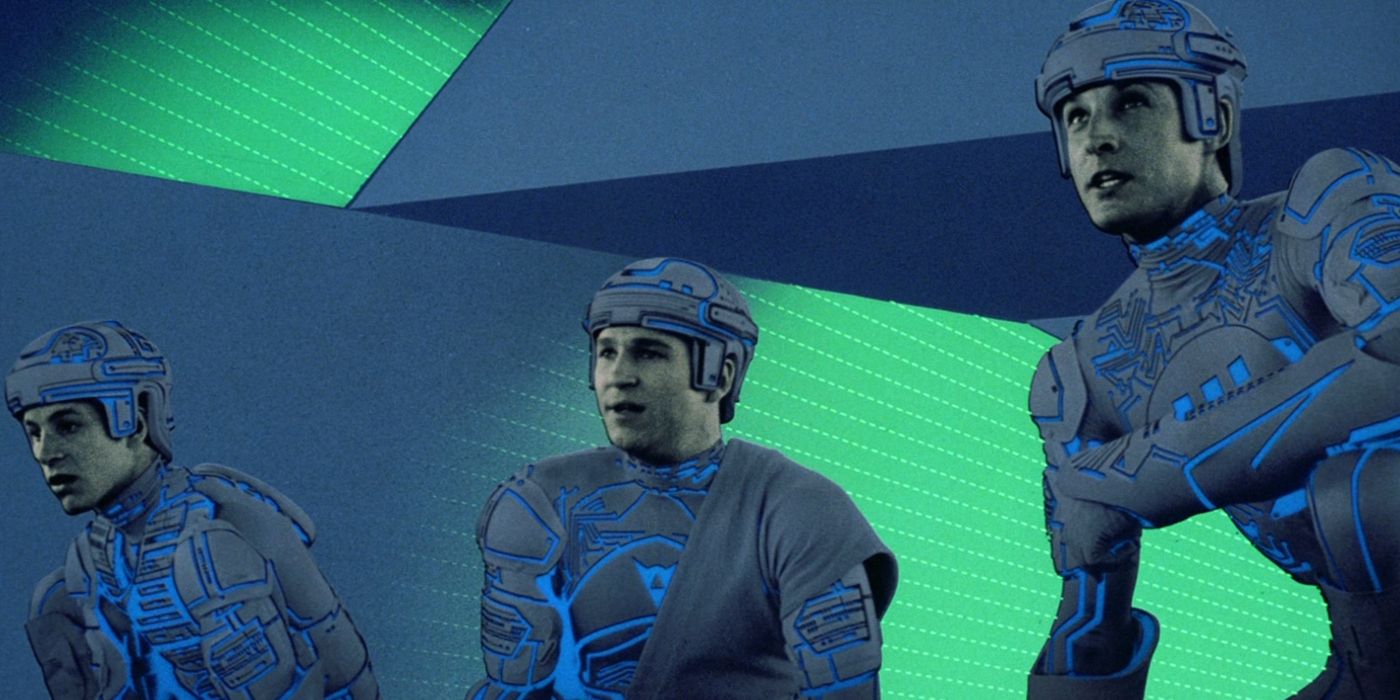For a sci-fi movie in 1982, the first Tron was very expensive. A film with a plot that revolves around a fully digital world doesn't sound too far-fetched for today's standards; nowadays, Tron could be easily made with only one computer and a small budget (one that could even be crowdfunded) — but in 1982, such a trailblazing visual effects spectacle wasn't only costly but also unprecedented, turning an unproven idea into a $17 million project.
In Tron, Jeff Bridges stars as Kevin Flynn, a computer programmer who runs an arcade after his former colleague Ed Dillinger (David Warner) plagiariz. Desperate to reveal the truth, Flynn breaks into the company's main computer, but its self-aware AI system "Master Control Program" absorbs him. Once inside, Flynn becomes a superpowered file trying to escape Tron's digital world. He then finds a virtuous security program called TRON (Bruce Boxleitner) and together they overthrow the MCP from within. With the evil computer defeated, Flynn finally exposes Dillinger.
Tron's director Steven Lisberger originally planned to produce the film with his own studio, Lisberger Studios, so he and his team invested more than $300 000 in the development stage alone — storyboards, samples, character designs, etc. — presumably unaware that the sci-fi movie wouldn't be a box office hit. Unfortunately, the United States' boycott of the 1980s Olympics hurt the studio's resources as it caused NBC to cancel Lisberger studio's Olympics-themed animation special Animalympics. When Lisberger pitched the Tron project to other major film companies, all of them turned it down. Luckily, Disney was looking to experiment with an innovative idea at the time, so the company accepted the project — but this was only the beginning of the project's production challenges.
Lisberger and his team had to convince Disney to keep the computer-generated effects as the main priority for Tron, contrary to Disney's lifelong devotion for traditional animation. Disney was still reluctant — and with good reason: Tron was the first movie to merge CGI with live-action. Each frame had to go through the process of "backlit animation" (exposing carefully-drawn segments of the analog film to light in order to create the neon suits and background), and the motion of the CGI also had to be animated manually. A single second of the animated sequences took several valuable hours to complete, and even more to incorporate with the rest of the effects. Even with Disney's leverage when it came to finding the necessary resources, one minute of footage still demanded the arduous work of hundreds of artists to be finished in a month.
Besides, working with analog film and untested computer-generated techniques meant any mistake or change of plans would cost material resources, as none of the technology required to animate the movie was readily available. Without the lightning-fast programs of today, Disney and Lisberger had to partner with the companies that had the most advanced technology at the time. Some of the most expensive requirements included state-of-the-art software and an extensive amount of special films for the backlit animation process, which had to be physically sent overseas and then returned in a perfect state.
In the end, the crew had to animate more than 100,000 individual frames that also incorporated prototypical CGI and live-action, a feat that retired the backlit animation process forever. The film's performance at the box office, on the other hand, was probably the only thing about the project that fell short. Other movies that released in 1982 had way bigger budgets and even greater earnings, but at least Tron left a legacy: a sequel that proved that history repeats itself when the sequel Tron: Legacy helped shape the blockbuster movies of the 2010s after failing to meet financial expectations.


